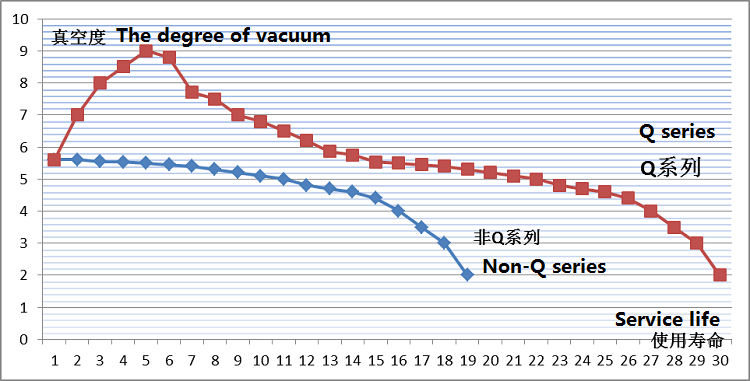Introduction:
1. The new listing of Tianjin Quanzhen Electron Tube Q series works: 300B / Q
2. The Q series is an upgraded version of the CNE Tianwang series. The response of the CNE Tianwang series has been detached. As an upgraded version of the Q series, it will naturally strive for excellence and satisfy your higher sense of listening.
3. 300B / Q, using unique materials developed and designed by ourselves, special metal screen coating, and extremely lightweight design, making this product more transparent and elegant in mid-high frequency, deeper dive in low frequency, and excellent performance in 3 frequency , Balanced, there are almost no shortcomings. In general, the Q series concentrates on Mr. Liu ’s unique understanding of tube design, material use, and manufacturing process for decades. He does not abandon the tradition of tube technology, design concepts, and material use, but he does not blindly keep his old ways. It is not an exaggeration to say that this 300B can be the 300B of Qimeixidian. Welcome to compare and comment.
Q series product features:
1. Currently available varieties are 2A3 / Q, 300B / Q, 274B / Q
2. The anode base material is selected from 0.2-0.3mm (the inherent resonance frequency is slightly higher) special metal material to ensure the characteristics of beautiful and full sound in the middle and high frequency bands, taking into account the sound demand of the high, medium and low frequency bands.
3. The alternating sound source signal of the grid will not induce excess electrical signals inside the anode, which reduces the noise physically.
4. The special coating on the anode surface can continue to increase the vacuum degree in the tube during use, reducing the chance of collision between electrons and residual gas, and achieving the purpose of reducing noise again.
5. The increase of vacuum in the tube can also prolong the service life of the tube.
6. A special coating on the anode surface can increase the anode's heat radiation ability and enhance the anode's resistance to overcurrent.

For delivery time:
Generally, we will dispatch the items within 7 days upon order confirmation; some items may need 15~21 days to get ready for delivery, then we will try our best to dispatch as soon as possible, or we will contact you and offer advice.
For Bulk order:
If you would like to place a bulk order, please contact us for better price and better delivery cost.
Product reviews can be carried out after the member login, please
click here to login
 USD
USD EUR
EUR GBP
GBP



















